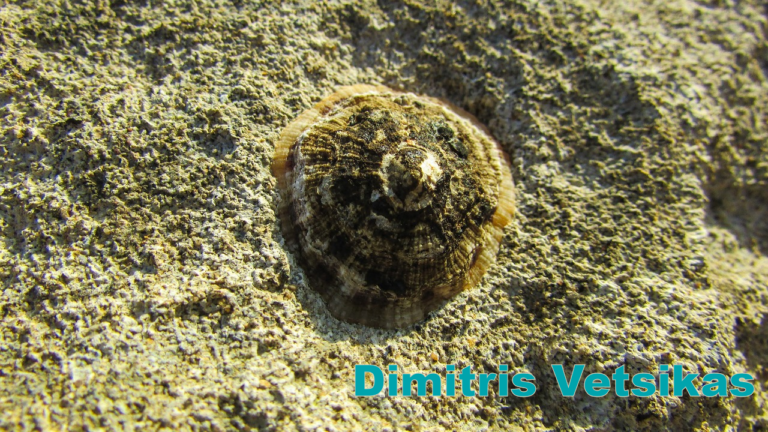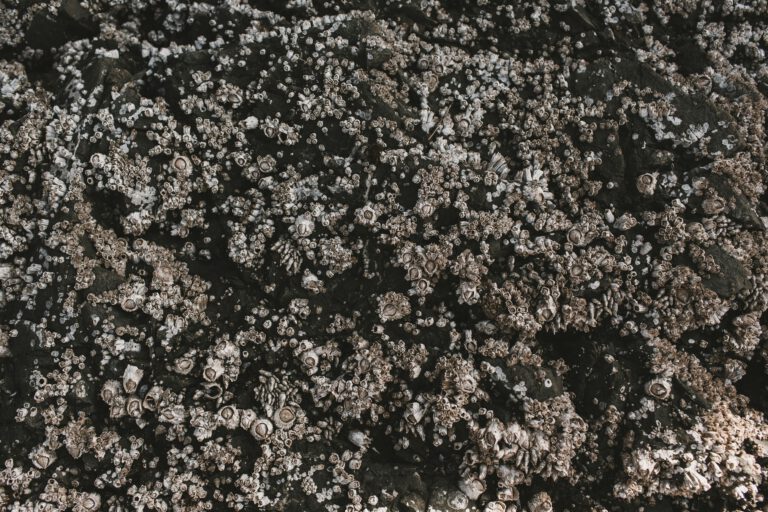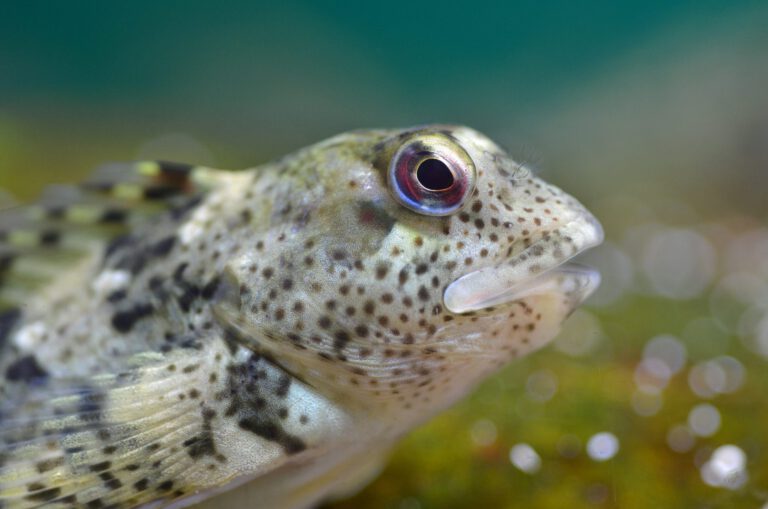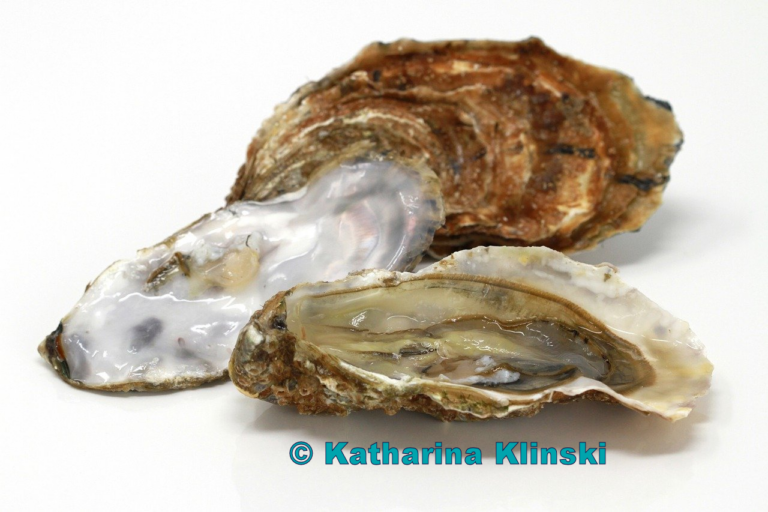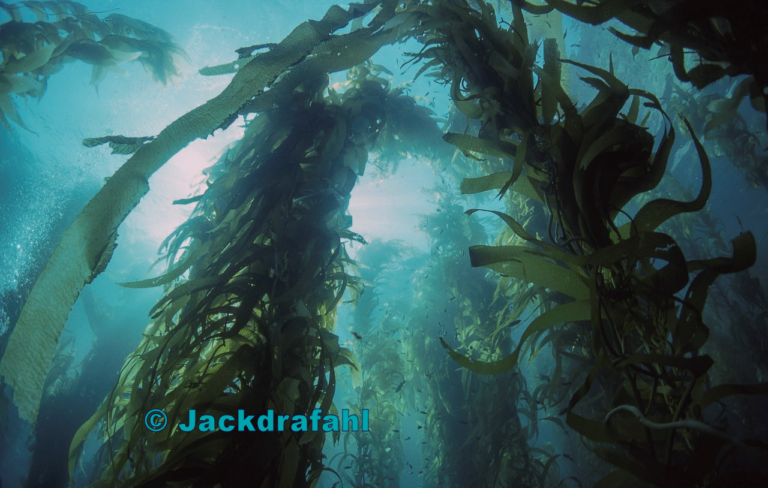Red Seaweed – Gelidium corneum
Sugar Kelp (Saccharina latissima) - Suikerkelp
- Taxonomy: Red Seaweed, known scientifically as Gelidium corneum, belongs to the Rhodophyta division. This group includes various red algae species found in marine environments.
- Species: Gelidium corneum is commonly recognized for its thin, branched structure. It can grow up to 30 cm long and forms dense mats in rocky coastal areas.
- Habitat: It thrives in intertidal and subtidal zones. You can find it attached to rocks in areas with strong water movement. It prefers cooler waters, often seen in the northern Atlantic and Pacific Oceans.
- Diet: It does not consume food like animals. Instead, it absorbs sunlight and nutrients directly from the water, making it a vital part of the marine ecosystem.
- Conservation: While some species are abundant, others face threats from pollution and climate change. Conservation efforts are necessary to protect these important organisms.
- Unique Features: it is notable for its bright red color. This color comes from pigments called phycoerythrins, which allow it to photosynthesize efficiently in deeper waters.
- Uses: Humans use it in various ways. It is a source of agar, a gelatinous substance used in food, cosmetics, and scientific research.
Red Seaweed: Nature’s Resilient Marvel
When exploring marine life, we often think of colorful fish and vibrant coral reefs. However, the ocean is also home to fascinating organisms like red seaweed. This unique plant plays a crucial role in its ecosystem and has various uses for humans.
What is Red Seaweed?
Red seaweed, or Gelidium corneum. Is a striking marine plant. It has a delicate, branched structure and a vivid red hue. Found in rocky coastal areas, this seaweed is often overlooked but is essential to the marine environment. It absorbs sunlight and nutrients from the water, making it a vital player in photosynthesis.
The Life of Red Seaweed
Thrives in intertidal and subtidal zones. It grows attached to rocks and forms dense mats that provide habitats for many marine organisms. The pigments in red seaweed allow it to absorb sunlight effectively, even at greater depths. This adaptability helps it flourish in various environments.
Importance in the Ecosystem
While small, red seaweed plays a significant role in its habitat. It provides food and shelter for many marine creatures. By absorbing nutrients and sunlight, it supports the overall health of the ocean ecosystem. It also helps stabilize the seafloor, preventing erosion and promoting biodiversity.
Human Connection
Humans have long valued red seaweed for its versatility. Gelidium corneum is a primary source of agar, a substance used in cooking, cosmetics, and laboratory work. Its gelling properties make it an essential ingredient in many products. This connection highlights the importance of conserving marine environments.
Conclusion
Red seaweed is more than just a colorful plant. It is a resilient organism that plays a vital role in the ocean’s ecosystem. By protecting species like Gelidium corneum, we ensure the health of our oceans and the future of marine biodiversity. Next time you explore the ocean, take a moment to appreciate the wonders of red seaweed and its contributions to marine life.

